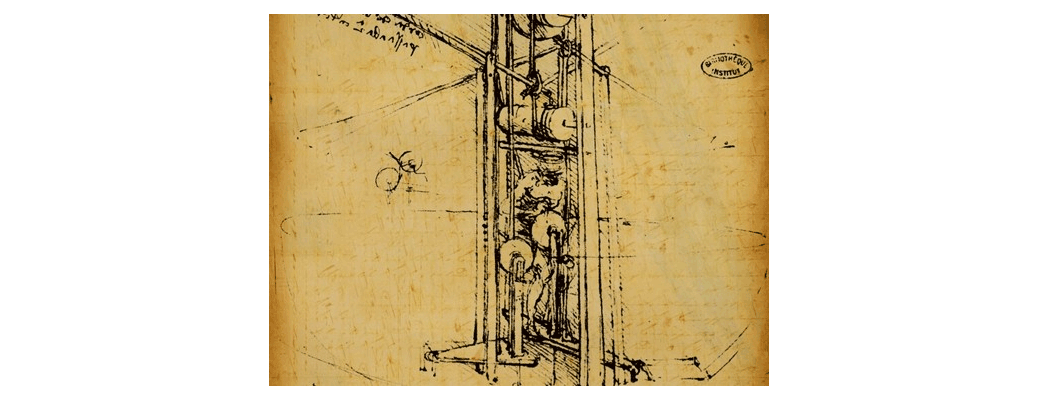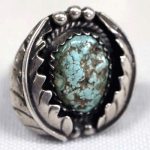It's not uncommon to hear about art auction sales generating incredibly exorbitant amounts of revenue. Single pieces of art have been known to go for as much as hundreds of thousands or even millions of dollars. Of course, for most of us, it's as hard to understand the logic behind the pricing of these pieces as it is to imagine having the money to purchase them. So what exactly is it that experts consider when determining what a starting bid at auction should be for a painting, statue or other work of art? As it turns out, the valuation process is widely varied. Despite it's broad nature, almost all valuations involve the services of an appraiser, or an individual with subject matter expertise who can make an objective consideration of value. Here's a few examples of what these individuals tend to look for.
Condition
One of the first factors that an appraiser will consider when determining the value of any object is the condition it has been kept in. If the object in question is a painting, the appraiser will look carefully to determine whether or not it has been stored properly and taken care of. Keeping a painting in inopportune temperatures, lighting or humidity can cause the paint on the canvas to streak, discolor or peel. The same factors can play a role in the cracking of wooden frames or holders due to the expansion and contraction of the material in different environments. When dealing with statues or other 3-D pieces, the appraiser will look to determine if the work has been damaged in transit and if all of its components are still present. All these factors affect the value of any piece of antique art.
Records of sale
Many appraisers will attempt to obtain records of sale or provenance from the owner. It's formal policy that when a piece of art, particularly any art of considerable value, is sold from one owner to another, that a record of the sale be kept. Typically these include the names of both parties or institutions and are notarized. An owner of antique art with a comprehensive record of its owner and sale history can expect to get a much fairer appraisal for their piece, as it's appreciation in value will be clearly documented.
Second opinions
Just as you wouldn't have your car serviced by the first mechanic to give you an estimate, antique art going up for sale is typically appraised by several different individuals or institutions. This way, the owner can have a range of opinions regarding the value of the piece from which to determine a reasonable selling point. Whether you're on the buying or selling end of an antique art transaction, it behooves you to either have or ask for multiple appraisals of the work in question. If you feel at all unsure about the asking price of a work of art, contact multiple appraisal agencies to ensure you aren't taken advantage of.
Visit www.iCollector.com to check out our auctions of fine art.




